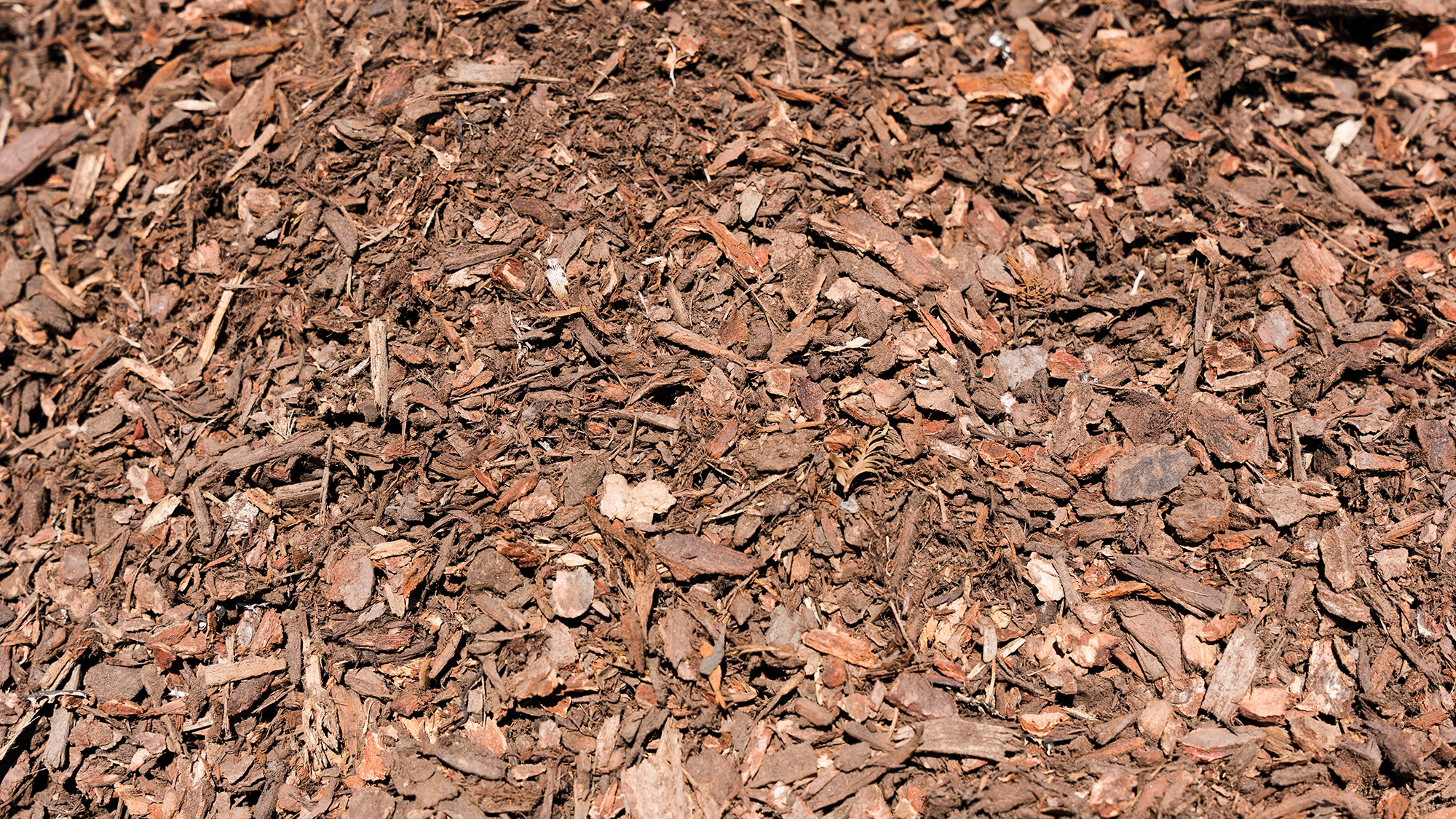Article Links
What is Bark?
Bark is the protective outer covering of trees, which serves as a barrier against environmental threats such as pests, diseases, and physical damage. It is composed of layers of dead cells on the outside and living cells on the inside, and it varies significantly in texture, thickness, and appearance depending on the species of tree. Every tree species produces bark, and some of the most common types of wood used for commercial bark products include:
Commercial Uses of Bark
Bark is a versatile material with a range of commercial applications, including:
- Mulch: Bark is often shredded or chipped and used as mulch in gardening and landscaping. Mulch helps retain soil moisture, suppress weeds, regulate soil temperature, and add organic matter to the soil as it decomposes.
- Soil Amendment: Finely ground bark is sometimes used as a soil amendment to improve soil structure, aeration, and drainage. It can be mixed into the soil to enhance its fertility and organic content.
- Fuel: Bark can be used as a biomass fuel in industrial boilers and power plants. It is often burned to generate heat and electricity, making it a renewable energy source.
- Landscaping: Larger pieces of bark are used in decorative landscaping, such as for pathways, flower beds, and around trees and shrubs. The aesthetic appeal of bark, with its natural color and texture, makes it a popular choice.
- Horticulture: Bark is used in potting mixes for plants, particularly for orchids and other species that require well-drained soil. The bark pieces provide aeration and help prevent root rot.
- Erosion Control: Bark is sometimes used to control erosion on slopes and embankments. It stabilizes the soil and prevents runoff during heavy rains.
Bark from Woods Used at North Fork
Douglas Fir bark is typically reddish-brown and thick, with a rugged, furrowed texture. It has a high resin content, which gives it durability and resistance to decay.
- Properties: Due to its durability, Douglas fir bark is often used as long-lasting mulch and in decorative landscaping. It also has a pleasant, woody scent, making it a popular choice for garden use.
Hemlock bark is lighter in color, often pale brown to reddish-brown, and has a finer, more flaky texture compared to Douglas fir bark.
- Properties: Hemlock bark decomposes more quickly than Douglas fir bark, making it ideal for applications where rapid soil improvement is desired. It is commonly used as mulch, especially in areas where acid-loving plants are grown, as it tends to be slightly acidic.
Difference Between Bark and Mulch
Bark refers to the raw material itself, which is the outer layer of a tree. Mulch can be made from bark, but it can also be made from other materials like wood chips, straw, or compost. Bark mulch specifically refers to mulch that is made from shredded or chipped bark.
- Usage: While bark is primarily used in its raw form, mulch is a processed product designed for specific purposes, such as moisture retention, temperature regulation, and weed suppression in gardens and landscapes.
Bark Produced by North Fork
North Fork Lumber Co. produces bark as a natural byproduct of its milling operations. Our core lumber types, Douglas fir and hemlock, generate significant amounts of bark, which are then utilized in various commercial applications:
- Mulch Production: North Fork Lumber processes bark into mulch, which is sold to local gardeners, landscapers, and nurseries. The mulch helps in water conservation, weed control, and soil improvement.
- Biomass Fuel: Some of the bark produced by North Fork Lumber is used as biomass fuel, contributing to renewable energy generation in the region. This not only provides a sustainable energy source but also reduces waste.
- Soil Amendments: The company grinds bark into finer particles that are used as soil amendments, helping to improve soil structure and fertility for agricultural and horticultural purposes.
- Erosion Control: North Fork Lumber supplies bark for use in erosion control projects, stabilizing soil on slopes and embankments and preventing runoff.
Through these practices, North Fork Lumber Co. plays a significant role in sustainable forestry and waste management, ensuring that every part of the tree, including the bark, is put to good use.

